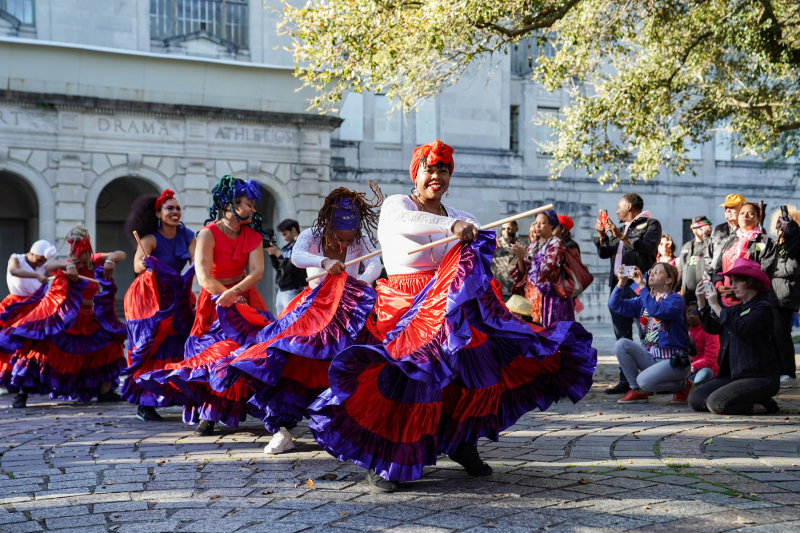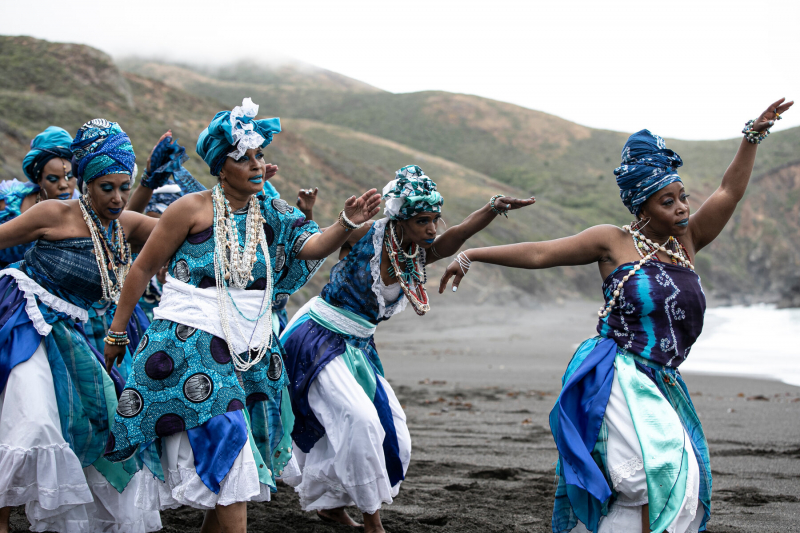Dance
Dancing is an essential component of Haitian culture. The religious experience of spirit possession in Vodou is usually accompanied by dancing, singing, and drumming. Carnival and rara celebrations entail frenetic dancing and movement in the streets. Dancing is also a social activity, since it is employed at church socials, informal gatherings, and evenings out with friends. Small twoubadou groups provide social dancing music in small restaurants, although larger clubs with huge dance floors frequently have dance bands the scale of American big bands.
In Haiti, social dance music is one of the most severely creolized music traditions. During the colonial period, white planter audiences were introduced to European dance traditions such as the contradanse (kontradans), quadrille, waltz, and polka. Musicians, whether slaves or freed people of color, learned and modified European dancing styles for their own purpose. The méringue was a prominent African-influenced dance style (mereng in Creole). The méringue, like the carabinier, was a favored dancing style of the Haitian elite and was a regular feature at aristocratic dances.
Mereng ouvri bal, mereng fème ba; (The mereng opens the ball, the mereng shuts the ball) refers to the méringue's popularity and prevalence as an elite amusement. The ability to dance the méringue, as well as a variety of other dances, was considered a sign of good breeding in nineteenth-century Haiti. The méringue, like other creolized dance traditions, was regarded as a representative reflection of Haitian cultural values by both elite and proletarian Haitian audiences.















